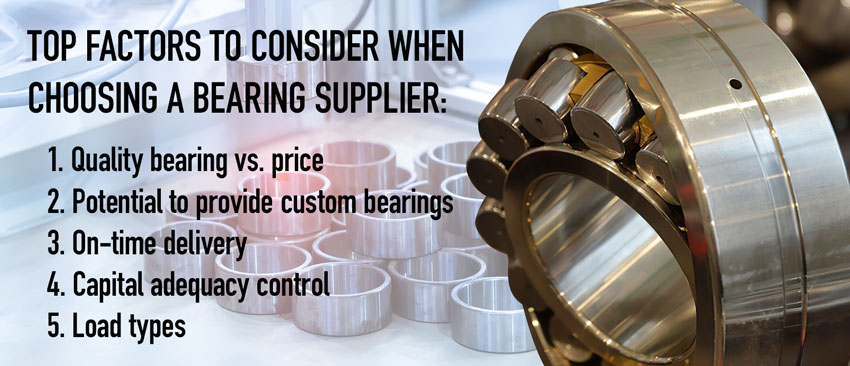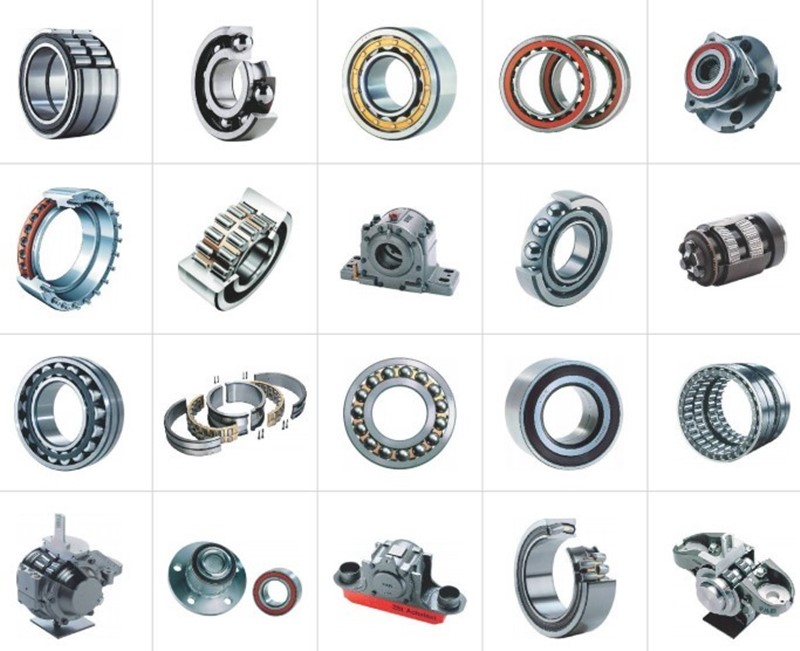Volution Bearing - An Overview
Table of ContentsHow Volution Bearing can Save You Time, Stress, and Money.Volution Bearing Things To Know Before You Get ThisThe Best Strategy To Use For Volution BearingThe Single Strategy To Use For Volution Bearing
An axial (or drive) bearing tons is when pressure is parallel to the axis of the shaft. A radial bearing load is when pressure is perpendicular to the shaft.Below is a fast recommendation for the type of birthing tons and the finest sphere bearing for the task: Radial (perpendicular to the shaft) and light loads: Choose radial round bearings (additionally understood as deep groove ball bearings). Radial bearings are several of one of the most usual kinds of bearings on the marketplace.
Roller bearings are created with cylindrical rollers that can disperse lots over a larger surface location than ball bearings. Below is a fast referral for the type of birthing load and the ideal roller bearing for the job: Radial (vertical to the shaft) lots: Choose typical round roller bearings Axial (propelled) (parallel to the shaft) tons: Select cylindrical drive bearings Integrated, both radial and axial, lots: Select a taper roller bearing The rotational speed of your application is the next factor to look at when selecting a bearing.
They execute better at greater rates and offer a higher rate array than roller bearings. One reason is that the get in touch with in between the rolling component and the raceways in a ball bearing is a point rather than a line of call, like in roller bearings. Due to the fact that rolling elements press into the raceway as they roll over the surface area, there is a lot less surface area deformation occurring in the point tons from round bearings.
Not known Factual Statements About Volution Bearing

If this takes place, a basic and usual solution is to switch the sphere bearing material from steel to ceramic. This keeps the bearing dimension the exact same however uses about a 25% greater rate ranking. Because ceramic material is lighter than steel, ceramic rounds generate much less centrifugal pressure for any kind of given rate.
One reason is that the balls are smaller sized and smaller sized spheres evaluate much less and create much less centrifugal pressure when revolving. Angular call bearings likewise have a built-in preload on the bearings which works with centrifugal forces to correctly roll the balls in the bearing. If you are developing a high-speed application, then you'll desire a high-precision bearing, normally within the ABEC 7 accuracy class.
Indicators on Volution Bearing You Should Know
High accuracy bearings are trustworthy for applications that go quick due to the fact that they make sure great sphere and raceway communication.
Some applications, like cutting tool pins, will just allow a little inconsistency to take place on its rotating components. If you are engineering an application similar to this, after that choose a high precision bearing since it will certainly generate smaller system runouts due to the limited resistances the bearing was made to. Birthing rigidity is the resistance over here to the force that causes the shaft to differ its axis and plays a crucial role in decreasing shaft runout.

9 Simple Techniques For Volution Bearing
Lubrication produces a movie of oil in between the rolling element and the bearing raceway that helps prevent friction and getting too hot. One of the most typical kind of lubrication is oil, which contains an oil with a thickening agent. The thickening representative maintains the oil in location, so it won't leave the bearing.
After the rolling element passes by, the oil and thickening agent sign up with back together. For high-speed applications, knowing the speed at which the oil and thickener can divide and rejoin is vital. This is called the application or bearing n * dm worth. Before you select a grease, you need to locate your applications ndm value.
Compare your ndm worth to the oil's max rate value, located on the datasheet. If your n * dm value is greater than the grease max speed worth on the datasheet, then the oil will not be able to provide sufficient lubrication and early failure will certainly happen. Another lubrication alternative for high-speed applications are oil haze systems which blend oil with pressed air and then infuse it right into the bearing raceway at metered intervals.
Comments on “About Volution Bearing”